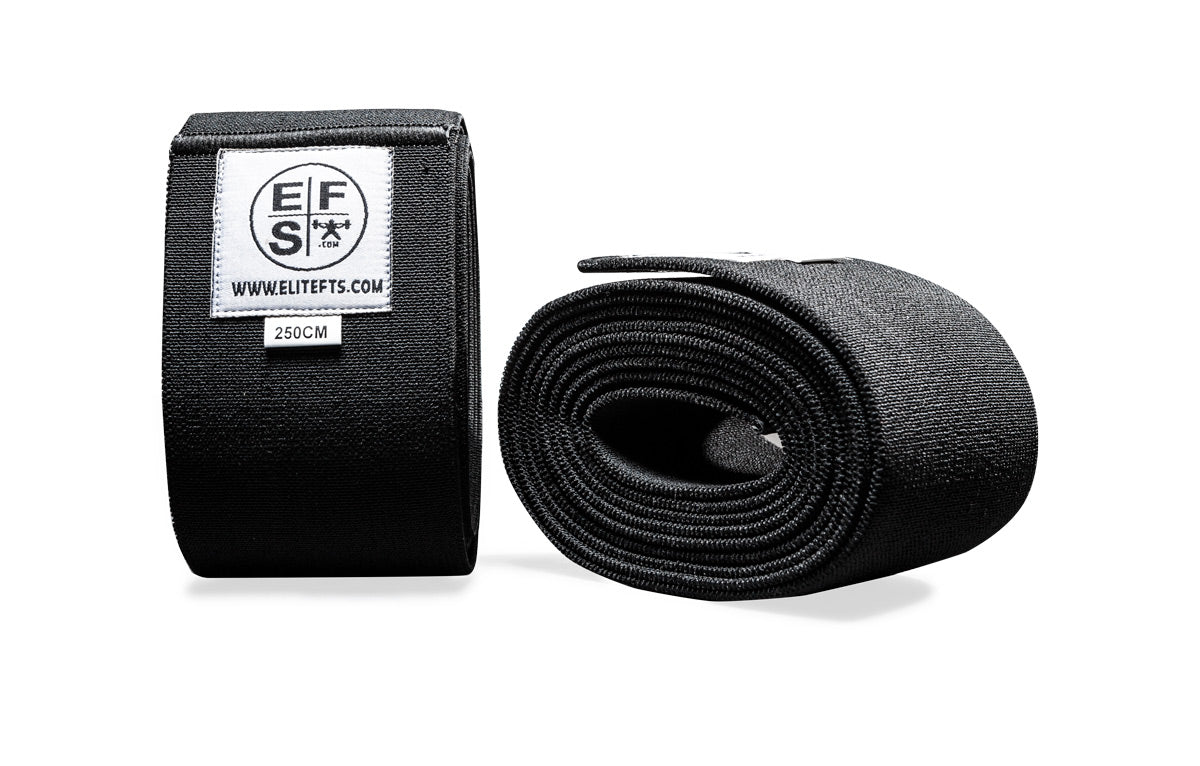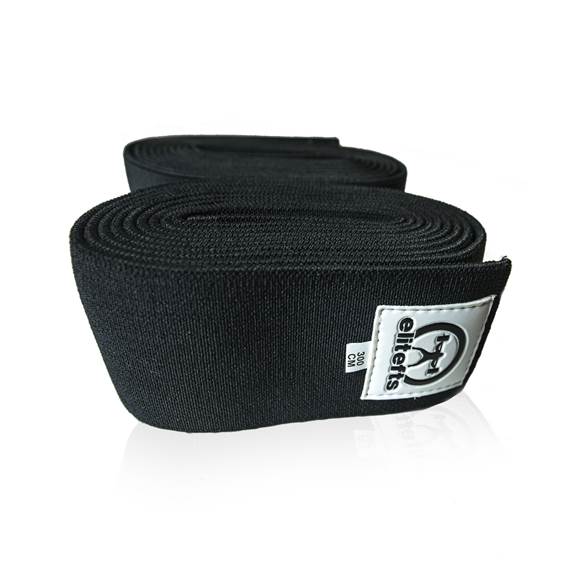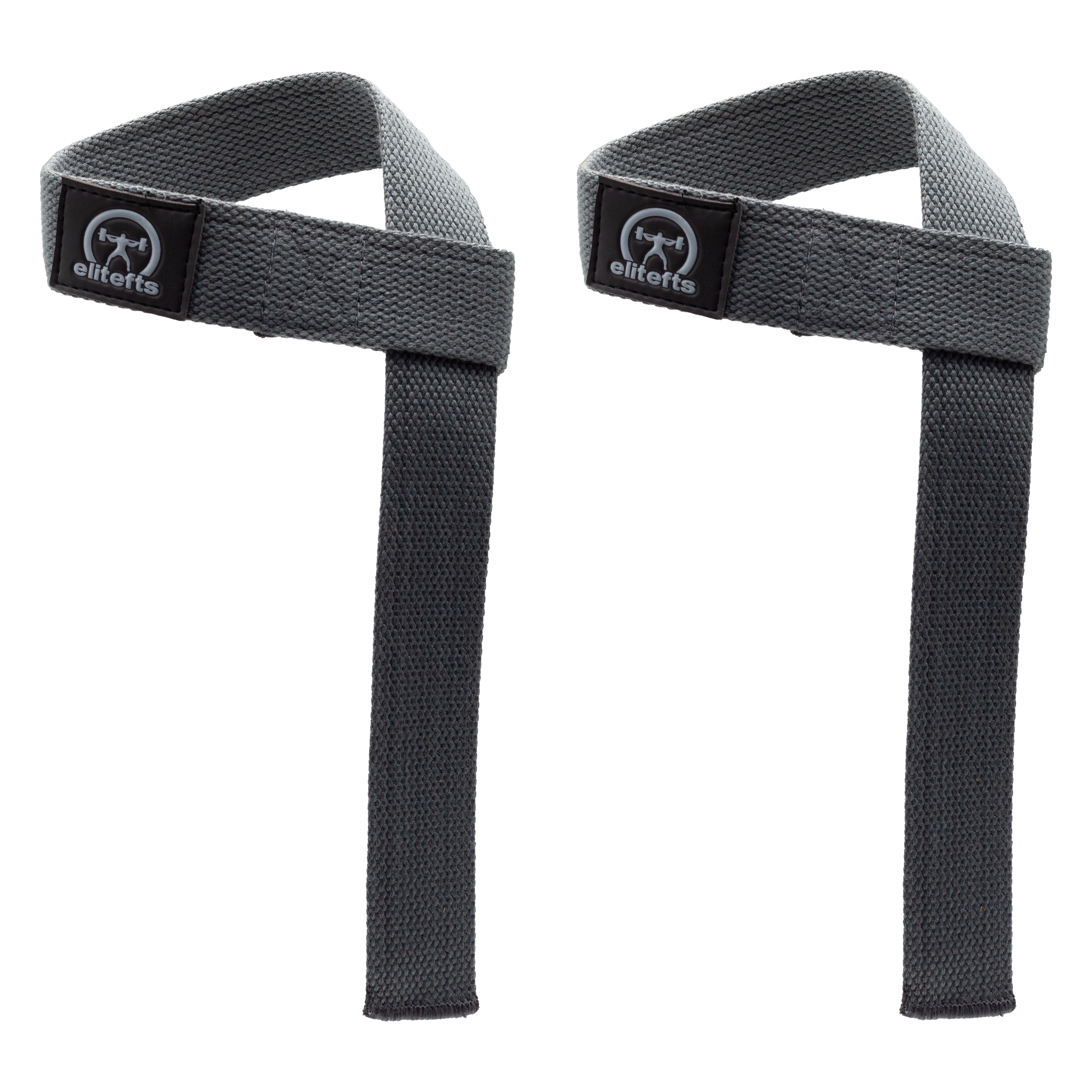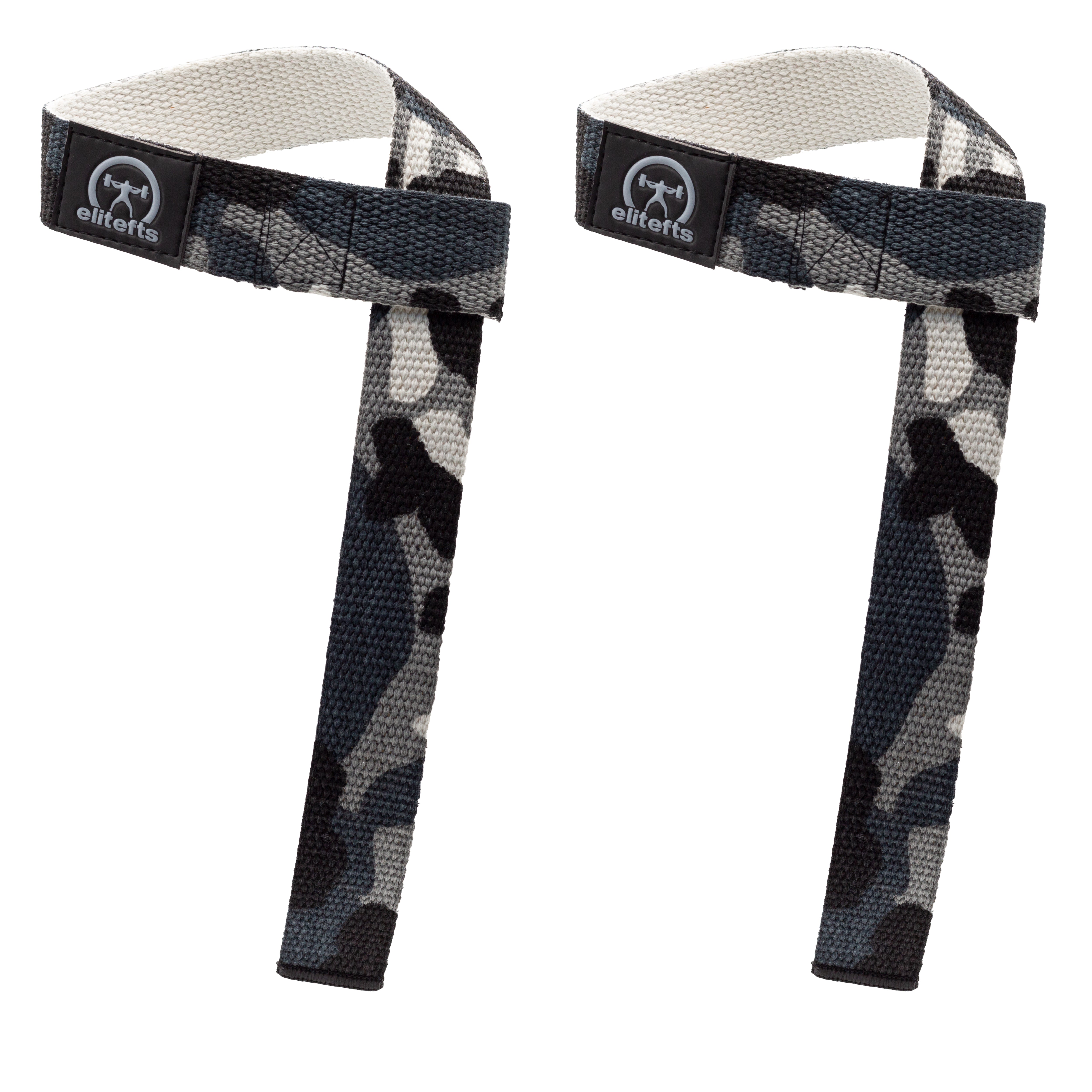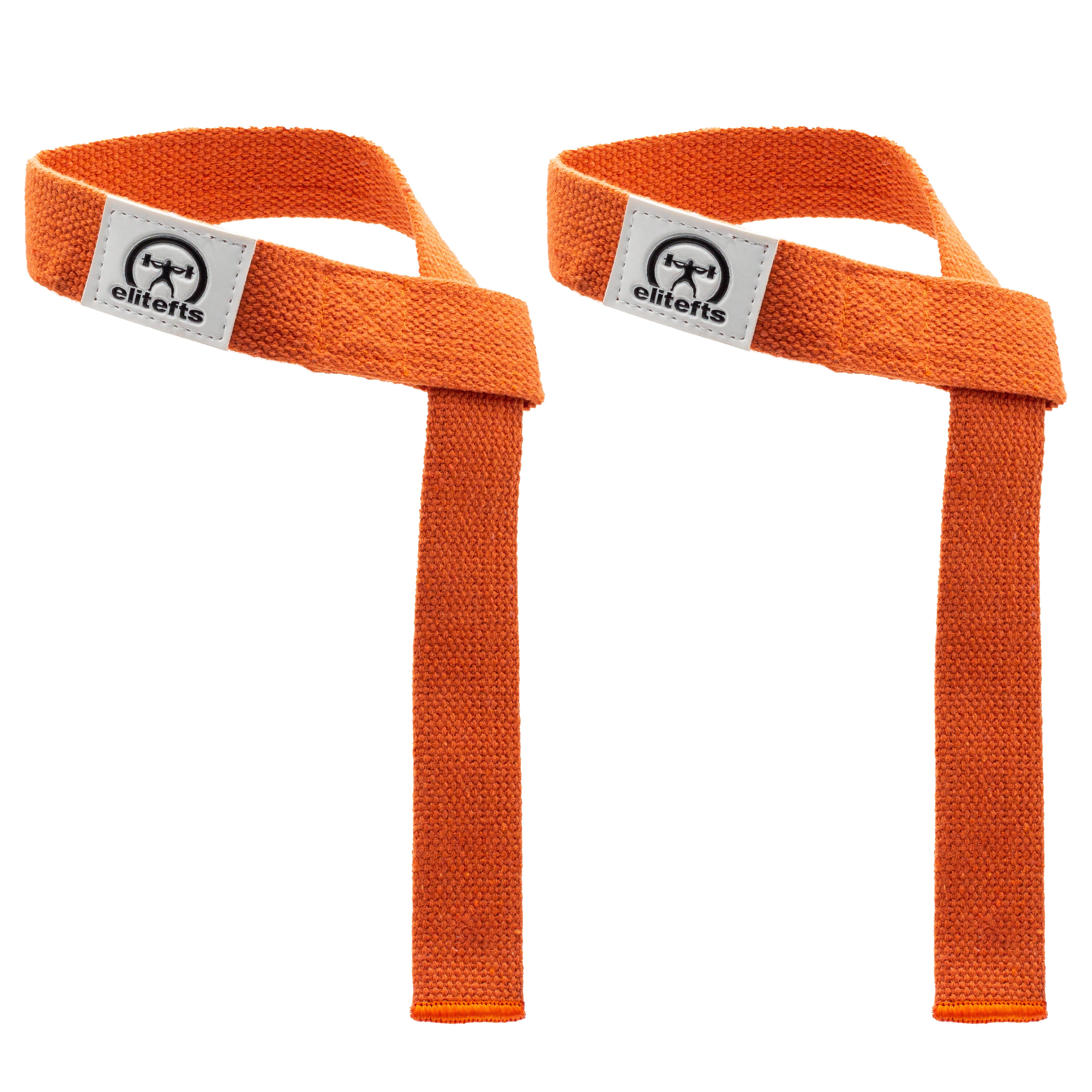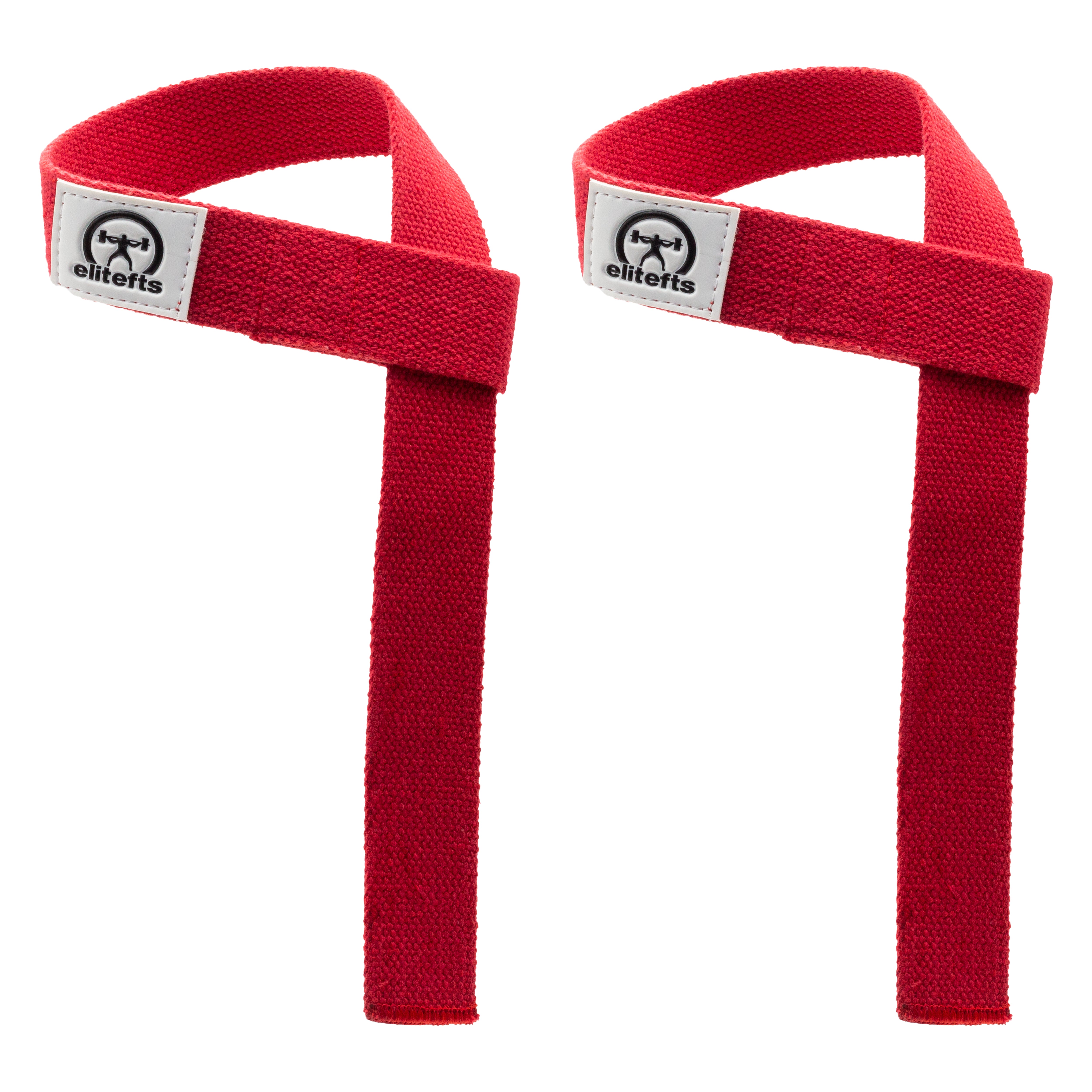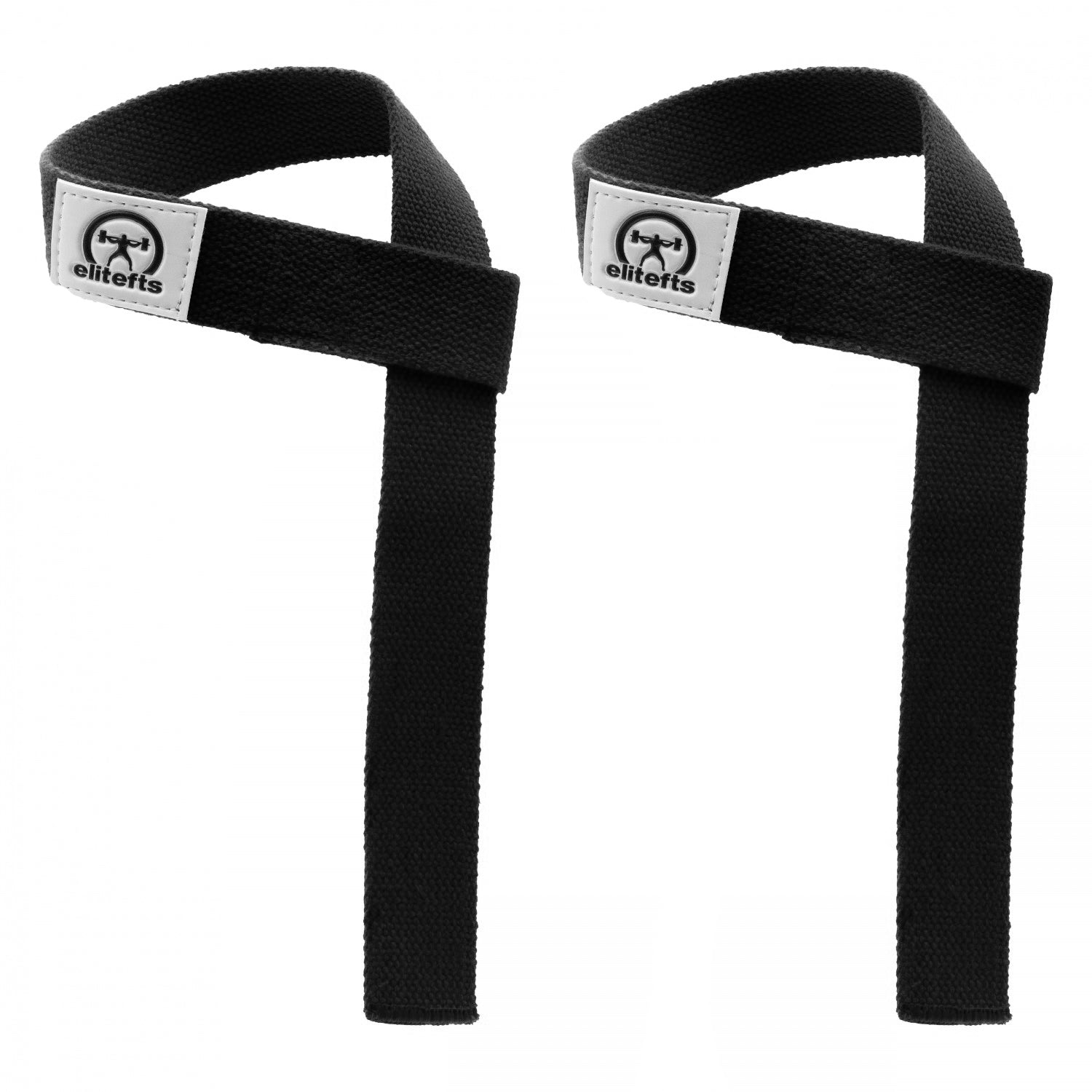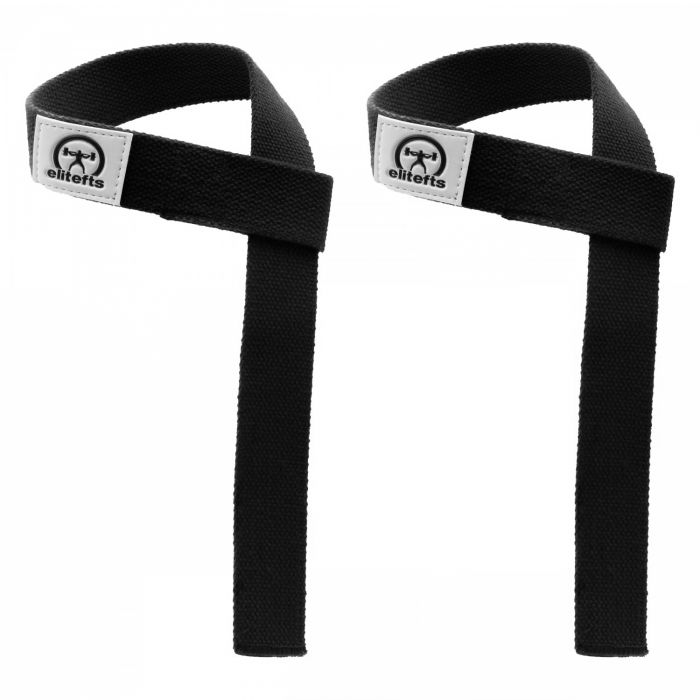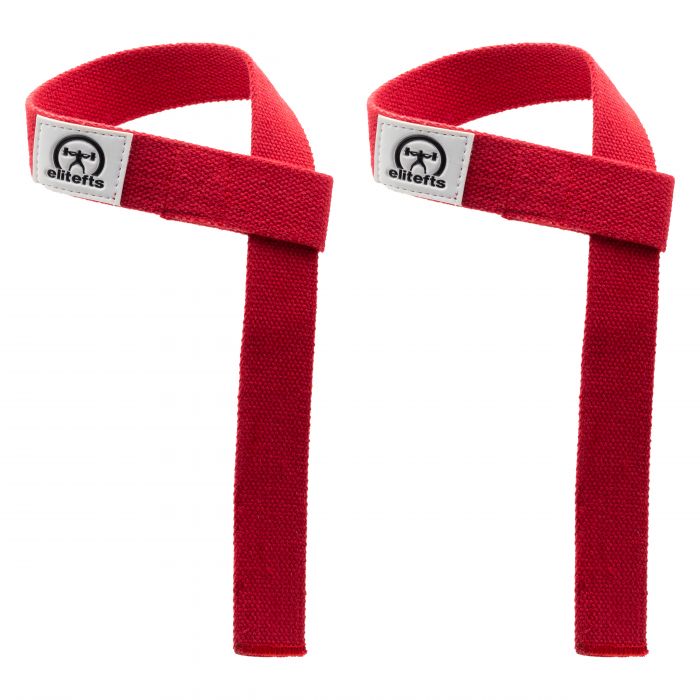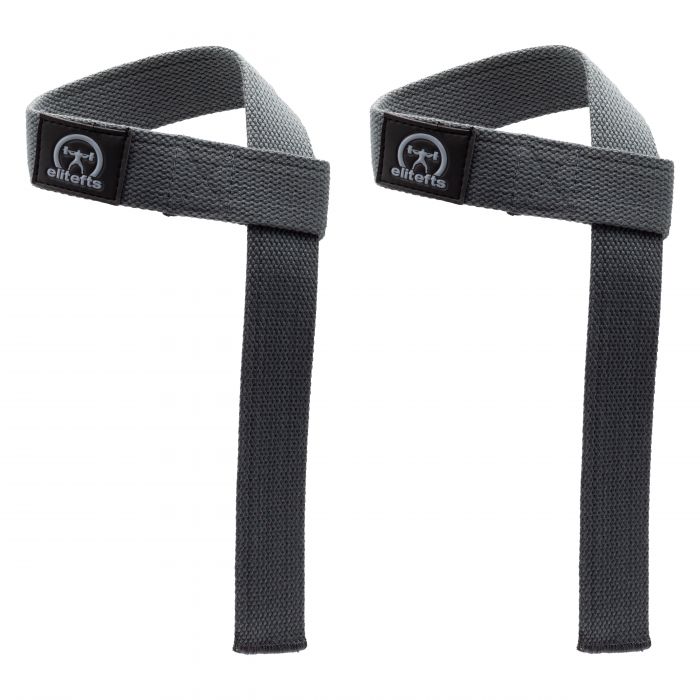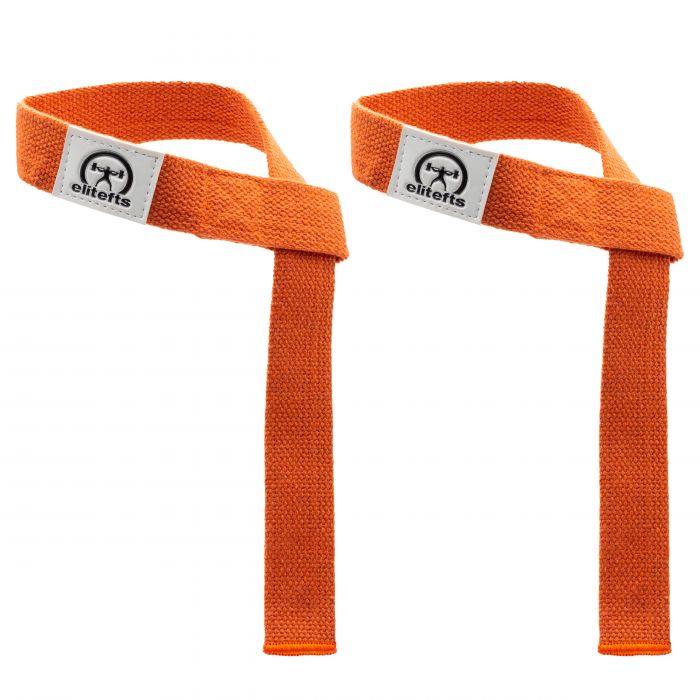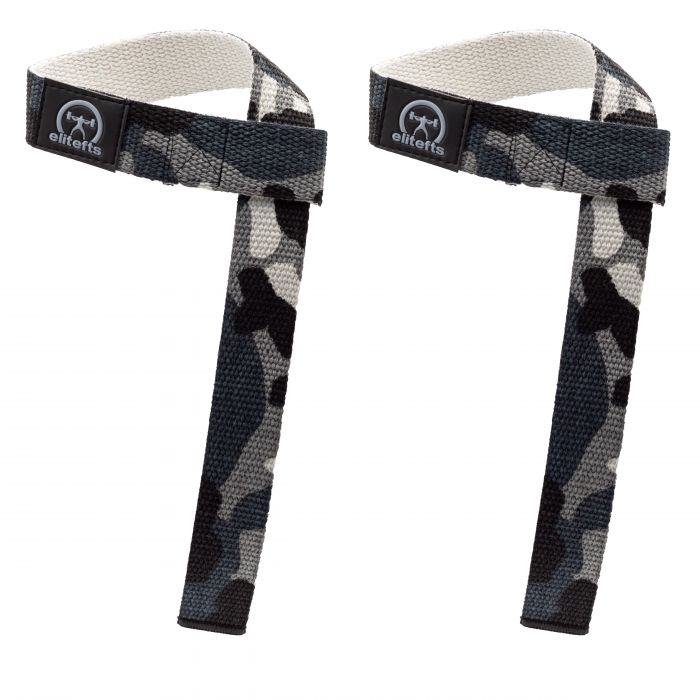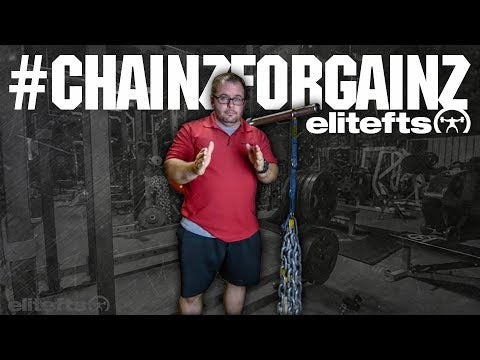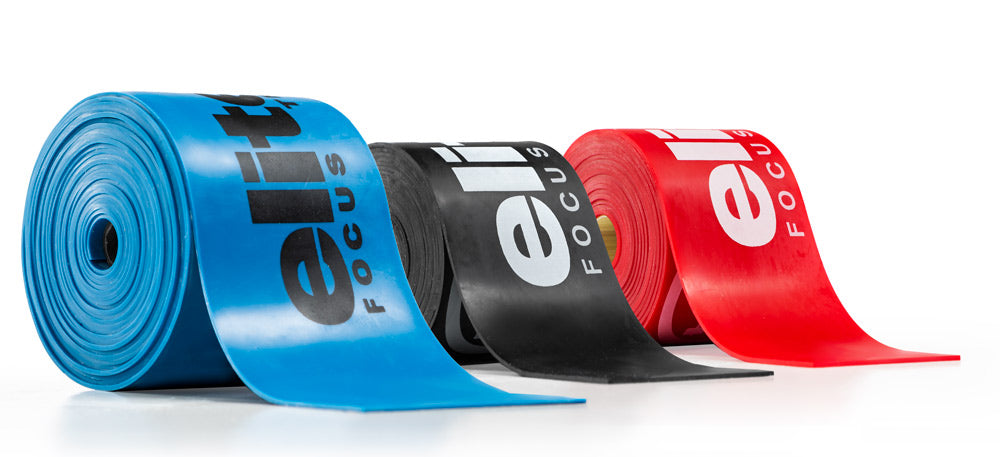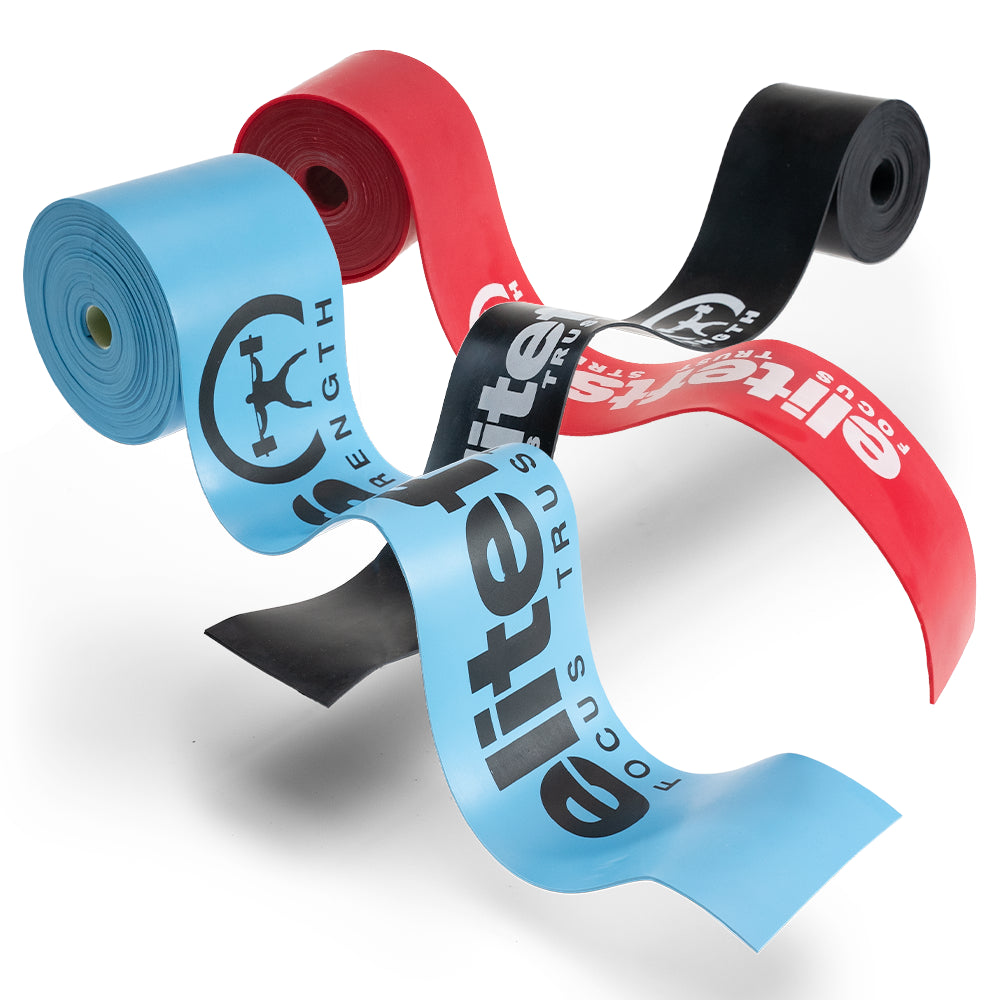First, I want to say thank you to whoever is reading this. I say thank you because either you are reading this to help someone you know affected by cancer, or you may have it yourself, and that means you are willing to fight. I am familiar with this fight, not just for myself but for the circle of loved ones who do not want to see me off this Earth or just wither away. You may not always feel like yourself, but trust me, just trying to have some resemblance to your physical activity can be amazing, especially when you have those good days or weeks. So, thank you for helping me say, “FUCK CANCER!” Sorry for the language, but we are not fighting a common cold here!
Working Out With Cancer
Sometimes, just going for a walk with your dogs can be treated as a workout when you are really sick. Much like how Louie Simmons had a record for every bar, I have treated the many phases of being sick with cancer as new PR opportunities. This can help change your frame of mind from "I am not as strong as I was before becoming sick" to "I am stronger than the last time I did it" or "maybe stronger than I was at the beginning of it." There were definitely times when I was still doing maximum effort when I felt pretty good and stuck to a relatively normal training schedule.
On the flip side, there have been times when I could not work out with high intensity, like max effort, and had to stick to light bodybuilding or GPP-based workouts. I have not been able to lift in over two months. Trust me, this has hurt me mentally. I have been lifting regularly since I was 14 and have played sports since I could walk. So, not having training as an outlet when things are difficult in life has been challenging. I am sure if you or a loved one are battling cancer and were in training before diagnosis, you know how difficult this is.
It also affects how we are around our loved ones. Training with heavy weights is a great way to vent frustrations and anger. It is a release, and when you go home, you are a different person; you can listen to your partner better, be more patient, etc.
Here is what I will be doing tomorrow to get the lead out! Let me preface this by saying my goal with my training moving forward is maintaining and possibly building as much muscle as I can without too much strain on the body. Because of not being able to lift often, eat normally, and maintain a regular sleep schedule, max effort or sub-maximal weights is damn near impossible. Those three things greatly impact muscle growth, but I choose a more bodybuilding split or regime because it is the only thing I can do now.
Billy Sherrod’s Routine
Billy Sherrod’s workout routine is a recommendation from my father, who had cancer at the same age I did, and he said this is what he used to do.
The protocol is to Use plate-loaded or cable-loaded single machines and do them in a circuit one to four times, depending on how you feel. Anywhere in the 8-15 rep range, between machines and sets, resting when needed. Doing all sets and exercises can help raise GPP levels if your conditioning needs work, your lungs need strengthening because of damage from a disease like mine, or you just want to get in and out of the gym faster. If you rest longer, there is potential for more weight and muscle growth. The reason why you utilize the machines is because they typically have no pressure on the stomach (nausea) or chest, which is important if you have a port (device in the chest to receive chemo). Also, sitting down and not bending over too much or standing up and down can help eliminate nausea or lightheadedness.
Do not be afraid to utilize slow tempos. This can eliminate grinding reps with heavy weights, leading to lightheadedness and more muscle growth with less load on joints. The chemo can sometimes lower white blood count, so joints can become stiff and cause pain. This is an added bonus if we can grow muscle without stressing the joints excessively.
These are more guidelines for doing this because only you know where you need muscle growth most. For instance, men should typically focus on higher intensity on machines working the lower body while women focus on the upper body. You can view this as a time to grow things normally skipped or done with less effort because they come after heavy lifts. But now you have no choice but to focus on these things. Look at it as a positive and not a negative.
Swede Burns’ 5th Set
Swede Burns workout routine is what I did at the start of this year and for a while before symptoms worsened.
When I was consistently training, I was being coached by Swede Burns. If you are unfamiliar with his training methodologies, grab a copy of his book,
The Complete 5th Set Series. He has won Powerlifting Coach of the Year for a reason.
This is just a sample outline of what it can look like. This does not show all the nuances between beginner, intermediate, or expert lifters. Nor the differences in programming based on where the previous and next meet are. I just want to show you what I was doing for a while.
Sample Program
DAY 1
Bench - Heavy
- 70-85 percent
- 2-5 reps
MSM - Mechanically Similar Movement
Accessories
DAY 2
Squat
- 70-85 percent
- 2-5 reps
MSM
Accessories
DAY 3
Second Press Day
- 8-30 reps per set
Accessories
DAY 4
Heavy Deadlift
- 70-85 percent
- 2-5 reps
MSM
Accessories
Conclusion
Despite being sick while doing this, I was still getting PRs (not lifetime, but from starting with Swede). Even before I started to consider it, Coach Swede would say to drop the percentage down to 50 percent when needed if the body was feeling beat up and then do accessories, even if I would just be doing machines. So, if you are smart, you can follow a hybrid of these two example training styles or one or the other, depending on where you are in the battle of beating the big C's ASS!
I hope this article helps you or someone you know who is fighting cancer or other health issues. If you have any questions, feel free to DM on Instagram or email me, I will leave both at the bottom of this article. I am more than happy to get on a call if you are interested in training or just need some advice that can not be explained in writing. I wish you all the best in life and your fight with cancer or any other health issues in life. Finally, I will leave you with this quote from one of my favorite shows, Game of Thrones, "What do we say to the God of Death? Not today."

Kalil Sherrod is a strength coach at The Rack Athletic Performance Center. He hosts The Get Clean Podcast, helping young strength coaches and parents expand their knowledge. He is a former Division 2 and semi-pro basketball player. Kalil is certified through Westside Barbell and Byrd Sports Performance.



























































